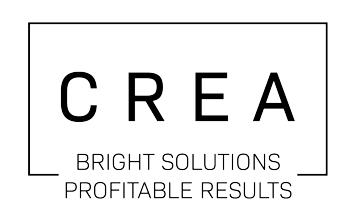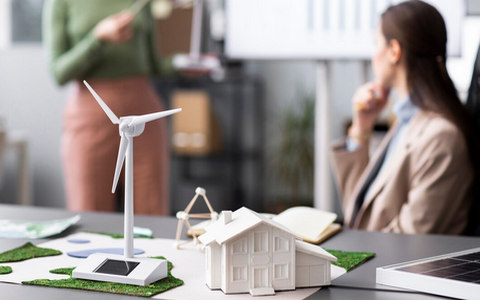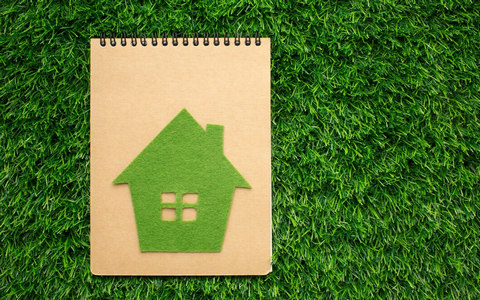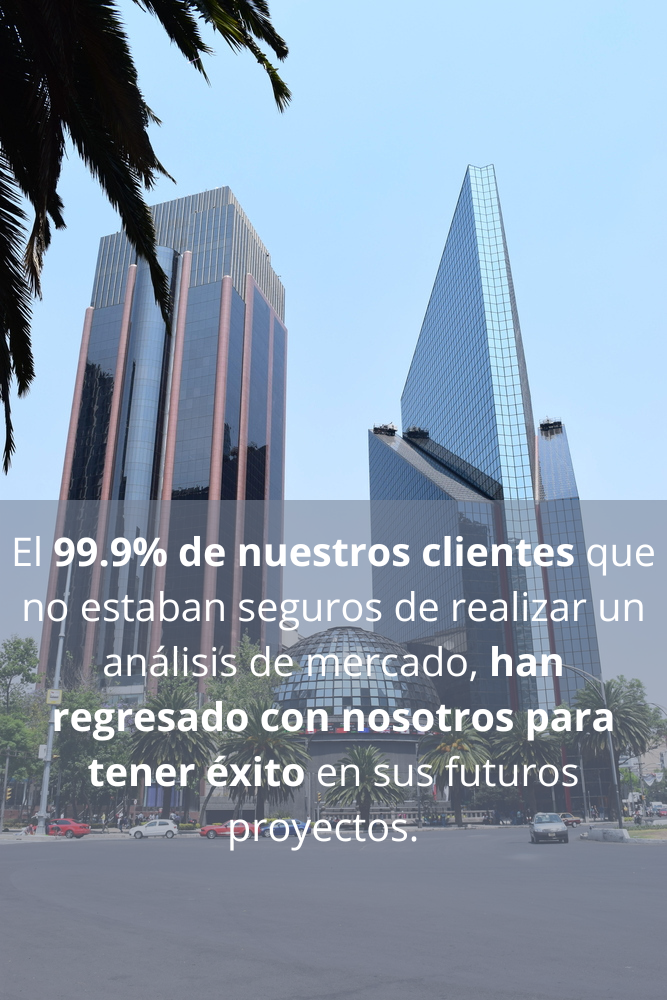Sustainable real estate development has become a trend to mitigate the negative impact of buildings on the environment and surroundings. This approach seeks the construction, design and management of new properties through systems and techniques that reduce energy consumption, that take advantage of renewable energies such as air or the sun and that use sustainable materials.
The main objective is the planning and design of properties and communities with environmentally friendly materials, with optimal waste management, considering factors such as location, accessibility, walkability, integration of green spaces and the use of transportation. alternative.
Green innovation in construction: transforming the urban landscape
In recent years, the increase in urbanization in cities has alarmingly decreased green spaces and natural areas, which are related to environmental conservation, air quality, the promotion of outdoor activities and landscaping as value added.
An innovative approach in green architecture faces challenges related to high population density in cities, but its benefits are significant when considering the importance of creating innovative green environments, which not only focus on urban aesthetics, but also on physical health and well-being of the inhabitants.
On the other hand, green architecture is not only a matter of aesthetics, but a means to counteract environmental problems in different cities by integrating parks, vertical gardens, green roofs, which provide a habitat for local fauna, promote a lifestyle more active and healthy, they provide natural ventilation and help improve air quality.
For this to be possible, a comprehensive approach is needed that involves relevant actors, from local governments, architects, builders, urban planners, buyers and residents. This cross-sector and comprehensive collaboration is essential to ensure successful implementation of innovative green projects.
Why is sustainability important in construction?
The real estate sustainability approach seeks the design, planning, management and construction of environmentally friendly buildings, where natural resources are used, waste generation is reduced, and biodiversity and natural systems are preserved.
All of this involves the development of real estate projects focused on quality of life, accessibility, in healthy, safe, accessible and equitable communities where sustainability and long-term care of the environment are promoted.
This is where the importance of a sustainable real estate project lies, since:
- They reduce carbon emissions from construction materials, energy consumption and non-renewable resources such as water.
- They promote the use of environmentally friendly, more resistant and safer materials.
- They allow construction periods to be reduced.
- They are projects of high value for investors and consumers when they perceive natural environments that promote quality of life and well-being.
- They are a direct action to improve air quality, combat climate change, energy efficiency and water use.
- Sustainable real estate projects reduce the demand for heating, cooling or artificial lighting systems thanks to environmentally friendly technologies such as solar panels, rainwater collection systems, natural ventilation, large spaces, vertical gardens, among others.
Keys to sustainable real estate development
For a sustainable real estate project to be a reality, it must comply with the following key points:
- Energy efficiency
A sustainable project does not only focus on aesthetics or the use of plants. Complete planning is required to allow air to circulate efficiently, sufficient natural lighting and a cool environment.
With these points, and the implementation of systems such as solar panels and heaters, fewer fossil resources are used for the generation of electrical energy, cooling and heat.
- Waste management
The use of construction materials such as river stones, bamboo, glass, steel, coconut fiber, ecological paints, among others, helps reduce the generation of waste sent to landfills.
On the other hand, sustainable real estate projects include composting systems, recycling containers, and optimal management of the waste generated in the community.
- Sustainable transport
A sustainable real estate project contemplates the creation of an infrastructure focused on pedestrians, alternative transportation with bicycles, scooters, and even
Revolutionary trends in sustainable architecture
Some of the trends in sustainable architecture are:
Use of materials with low impact on the environment
When choosing construction materials, one should not only look for their origin to be natural, but also that they do not generate a negative impact due to their extraction, labor, that they are durable and can be repaired or recycled. In addition, they must be abundant materials and close by so as not to have to make long journeys during transport.
Green technologies
Green technologies are used to optimize light consumption, have thermal comfort and generate electrical energy in an environmentally friendly way. The use of solar cookers is an example to reduce gas consumption.
Spaces designed for remote work
Remote work is a trend that has been strengthened and the architectural design contemplates the incorporation of spaces designed for the comfort and efficiency of people who work from home.
Vertical gardens
The incorporation of vertical gardens has become a trend due to the lack of spaces to create parks or green areas in large cities, which is why they are part of the urban and landscape design.
Ecological design and construction
Ecological design and construction respond to six principles:
- Optimize real estate spaces
- Reduce non-renewable energy consumption
- Use eco-friendly materials
- Preserve and protect water
- Improve the living conditions of residents
- Improve operational and maintenance practices
Mexico leads the change towards urban sustainability
Mexico is a country where actions have been taken towards urban sustainability in cities such as Monterrey, Guadalajara, Aguascalientes, Mexico City, Querétaro and Puebla. Sustainable real estate projects have increased hand in hand with the increase in urbanization, providing an opportunity for cities and developers to mitigate the negative impact of urban living.
Why build resilient and sustainable communities?
Sustainable real estate projects are increasingly important for different reasons. In the first instance, a resilient community is better prepared to face natural disasters, adverse events, earthquakes, floods, droughts, among others. Robust infrastructure minimizes the negative impact of these incidents and facilitates rapid community recovery.
On the other hand, sustainability implies the responsible use of natural resources, reduces pollution, the consumption of non-renewable energy, pollution and helps mitigate the effects of climate change and protect biodiversity.
In addition, sustainable real estate projects attract investors and end buyers by promising a better quality of life.
Financial challenges in sustainable real estate projects
The main challenge for a sustainable project is financing, since the use of eco-technologies is required to analyze factors such as savings in water and energy consumption, in addition to having solutions to reduce polluting emissions.
To face these challenges, it is recommended to create a financial scheme with a model that allows the participation of private investors, such as Fibras.
Green bonds for sustainable constructions
According to the international organization Climbate Bonds Initiative, in 2019 the energy, construction and transportation sectors were the main beneficiaries of green bond financing.
Mexico, on September 14, 2020, was the first country in the world to issue a Sustainable Bond linked to the UN Sustainable Development Goals (SDGs) for an amount of 750 million euros (855 million dollars). Since then, green bonds have been allocated to various sustainable construction projects, such as the government of Mexico City, CADU Real Estate, Vinte, among others.
Sustainable financing with green bonds, linked to sustainability or sustainable, have surpassed the milestone of 200 billion pesos on the Mexican Stock Exchange (BMV). This amount reflects the sector’s commitment to the transition to sustainable cities or cities linked to sustainability.
In Mexico, alternative financial instruments such as Fibras, CKDs or CERPIS are used to finance sustainable projects, since they provide the opportunity to label products as green if they generate low carbon emissions. This is important because more and more Mexican and foreign investors are interested in sustainable projects, which have certifications such as LEED (in Spanish, Leadership in Energy and Environmental Design).
According to Ana Karen Mora, director of sustainability at Fibra Uno, 60% of its investors are European and one of the requirements to invest is that the projects have certifications or are adapted to be sustainable.
Other financing options
Some Mexican public institutions support sustainable projects with programs such as EcoCasa to open financial channels for real estate developers such as Banobras, Sociedad Hipotecaria Federal (SHF), Infonavit, the National Commission for the Efficient Use of Energy (Conuee) and Sustentibilidad para México (SUMe). ) that provide financing and technical assistance.
To obtain financing, it is necessary to carry out an external audit to confirm that the requirements of green bonds are met, analyze the characteristics of the assets and consider environmental aspects.
If financing is obtained with green bonds, annual reports must be sent to verify that the funds were allocated to sustainable projects.
Sustainability approach and its economic benefit
Elías Mizrahi, Director of Investor Relations at Fibra Danhos, has stated that the sustainable approach not only benefits the environment, but also economically since factors such as an improvement in energy efficiency, efficient use of water and intelligent management of Waste generates significant savings for buyers.
CREA Soluciones, the experts in growing real estate investments
At CREA we are a real estate consultancy with services such as appraisals, feasibility studies, best use analysis and real estate repositioning that will help you get the most out of your investment.
Browse our website, learn about the services that CREA has for you and write to us through the contact form for more information, we will be happy to assist you.





